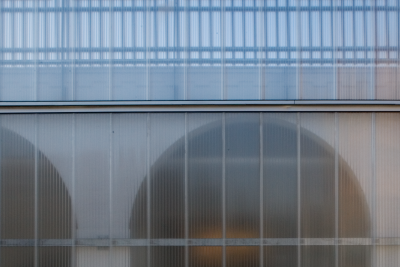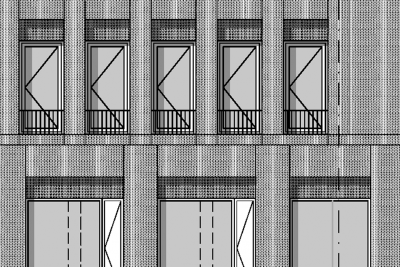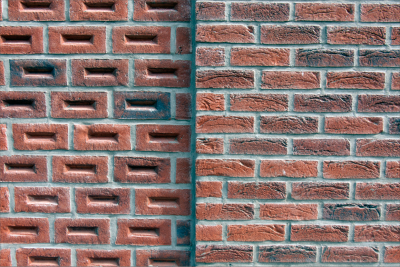New living
The relationship between typology, durability and affordability.
It has now been made clear that 330 000 additional homes will need to be built in Flanders over the coming decades. As a consequence, there is an urgent need to investigate the dominant paradigms of residential construction. We will need to organise our spaces much more intelligently and efficiently, in search of greater density but also more potential synergies between various functions and actors. There is, however, an even more urgent issue which specifically relates to architecture and the nature of the building shell which requires further research into the conditions that define living today.
1.
There is currently an irreversible “catch” to the production of residential housing, which is characterised by a number of closely-related challenges. One is the now widely supported demand for sustainable construction. At present, that goal is mainly translated as the ambition to produce highly energy-efficient buildings. Concretely, this means that existing housing production is rapidly moving towards more sustainability, while remaining firmly planted within the now well known typologies, without necessarily generating new models. The impact of this march towards sustainability is therefore primarily felt on the building shell and more precisely on its technical performance (insulation capacity, thermal resistance, sun shading, airtightness, etc.). This in turn results in a greater proportion of available budgets being allocated to the energy performance of the building shell.
2.
On the demand side, however, there is a different but equally pressing issue: namely the affordability of housing. Within the context of the current European condition, marked by a shrinking economy, dwindling purchasing power and a highly conservative financial policy, the affordability of housing (or lack thereof) is becoming a genuine problem. Between increasing construction costs (shell performance) and declining or stagnant minimum selling prices (affordability), a vacuum has been created in which the current paradigm of housing production has resulted in diminishing quality. Houses are becoming more and more compact and poorer because more exotic and more energy-efficient housing types are becoming unaffordable for those unwilling to pioneer complex renovations, co-housing projects or individual passive houses.
The quality of our housing consequently comes under pressure. Housing types are rarely tailored to the needs of their residents. If it has long been obvious that the dream of a detached or at least semi-detached single-family home is out of reach for most people, then it is now painfully clear that it has quite simply become unaffordable. In the meantime, such constraints as typology, tectonics and tactility drop further and further down the list of architectural priorities due to the demands on facade structures and thermal bridges. The shell, in other words, is becoming a rather paltry envelop for increasingly uninspired housing types.
We are in need of a radical change of course. The only way to bring that about is through experimentation and research. We need a paradigm shift, similar to that of the case-study homes that facilitated the post-war housing boom on the West Coast of the U.S.
We therefore embarked upon an integral survey which forges a link between the concept of the building shell, the definition of the protected volume and the associated energy performance requirements and housing typology. The boundary between inside and outside is, in our opinion, the point of intersection between all these parameters. We see this as complementary to other initiatives such as the search for new forms of collectivity, innovative housing types or combinations of functions.
As a first step, our aim is to develop a number of prototypes – via design-based research – for a building shells that offer an answer to this problem; one that is easier both to construct and standardise. In addition, the study must provide an insight into the potential of the building shell to generate new types of housing in and of itself.
Armed with the results of this research, we are looking for partners in the construction process who are prepared to engage the development and engineering of integrated solutions. The final step is therefore the production of a few initial prototype projects. We wish to establish a joint venture with inspired clients, both public and private, who are prepared to put their back into bringing about a paradigm shift in the way we think about housing in Flanders and beyond.







